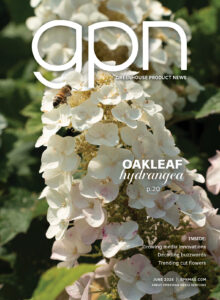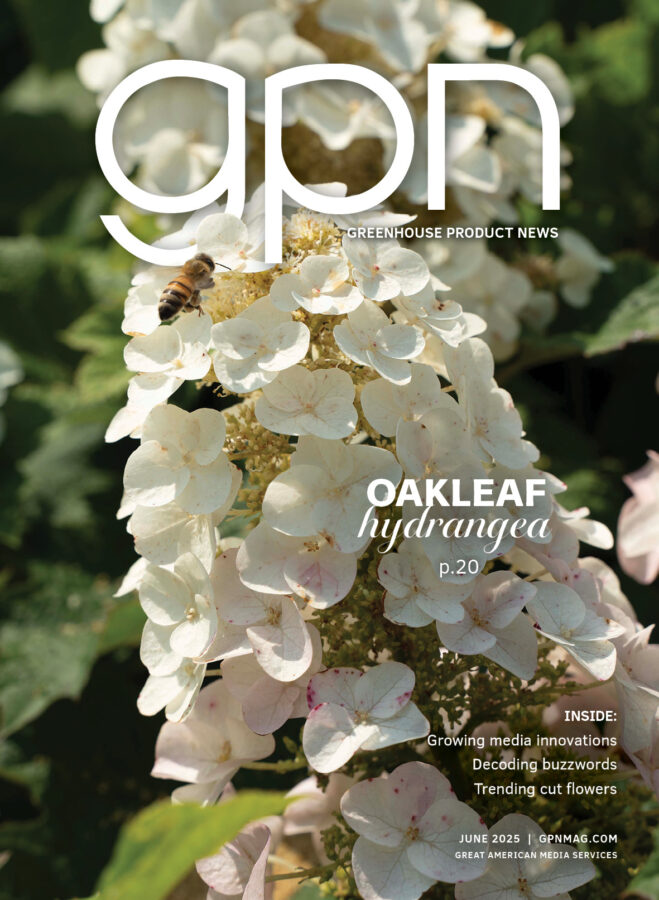USDA launches FLSP Program
As of Dec. 19, 2024, the USDA has extended the deadline for the Farm Labor Stabilization and Protection Pilot Program (FLSP). Applications must be submitted electronically through grants.gov by 11:59 p.m. on Jan. 3, 2024. For information about webinars and office hours, please visit the FLSP Technical Assistance webpage. For questions, please email FLSPgrants@usda.gov.
The USDA, in coordination with other federal agencies, announced up to $65 million in grants are available for the Farm Labor Stabilization and Protection Pilot Program (FLSP Program). Agricultural employers can begin to apply for a pilot program designed to improve the resiliency of the food and agricultural supply chain by addressing workforce challenges farmers and ranchers face.
The FLSP Program will help address workforce needs in agriculture, promote a safe and healthy work environment for farmworkers and aims to support expansion of lawful migration pathways for workers, including for workers from Northern Central America, through the Department of Labor’s seasonal H-2A visa program.
The program makes good on a commitment made and announced as part of the Los Angeles Declaration on Migration and Protection and is funded by President Biden’s American Rescue Plan.
“Our country is facing growing agriculture workforce challenges that jeopardize our farmers’ ability to be competitive, threatens the resiliency, abundance and safety of our food system, and has repercussions on our overall economy. At the same time, record numbers of people are interested in living and working in the United States, including from Northern Central America,” said Agriculture Secretary Tom Vilsack.
“This pilot program has been designed with significant input from immigration, labor and agricultural stakeholders in an effort to help address these immediate challenges. The program will provide incentives designed to simultaneously benefit workers and employers, with the potential to inform the H-2A program, raise labor standards for farmworkers, and help alleviate our agricultural workforce challenges over the long term,” Vilsack said. “In addition to helping agricultural producers recruit and retain workers, at the end of the program we will have tested new ways to promote accountability and improve working conditions for domestic and H-2A workers alike – demonstrating how employers benefit by doing right by workers. The effort will also facilitate safe, orderly, and humane migration. This pilot should be a win for everyone along the agricultural supply chain, from the field to the dinner table.”
FLSP PROGRAM
The FLSP Program seeks to:
Address current workforce needs in agriculture
Based on stakeholder input, USDA identified that agricultural employers have experienced increased challenges finding an adequate supply of workers, which threatens our domestic capacity to produce a safe and robust food supply. This pilot program will help address these challenges by expanding the potential pool of workers, and enhancing employers’ competitiveness by improving the quality of the jobs they offer.
Reduce irregular migration, including from Northern Central America through the expansion of regular pathways
While U.S. agricultural operations seek additional workers, the Biden-Harris Administration has committed to promote the expansion of regular migration pathways, as part of the Los Angeles Declaration on Migration and Protection. The FLSP offers an opportunity to support this commitment, with economic benefits for foreign workers and their families, and professional and economic development opportunities for communities that send their workers to participate in the H-2A program.
Improve working conditions for farmworkers
A stable and resilient food and agricultural sector relies on attracting and retaining skilled agricultural workers, and strong working conditions are critical to achieve that goal. Through this pilot program, USDA will support efforts to improve working conditions for agricultural workers, both U.S. and H-2A workers. The pilot will help ensure that workers know their rights and the resources available for them, and will promote fair and transparent recruitment practices.
Additional Information
Eligibility for this competitive grant program is limited to domestic agricultural employers who 1) anticipate meeting all Department of Labor (DOL) and Department of Homeland Security (DHS) regulatory requirements for the H-2A program, including demonstrated effort to effectively recruit U.S.-based workers and hire all willing, able, and qualified U.S. workers; and 2) commit to, and indicate capacity to fulfill all Baseline Requirements, as well as any selected (supplemental) commitments that entail additive worker benefits and protections. Eligible employers include fixed-site employers, joint-employers, agricultural associations, and H-2A labor contractors.
AWARD AMOUNTS
The maximum award amount is $2,000,000 and the minimum amount is $25,000 per grant agreement (including any sub-awardees). Award amounts will be determined based on the projected number of full-time equivalent (FTE) agricultural employees, desired award level, as well as the competitive nature of the application. Consistent with the H-2A requirements, applicants must demonstrate insufficient availability of a U.S.-based workforce. The grant window for each recipient is 24 months, allowing producers to use the grant over the course of two agricultural production seasons.
Originally, applications for the FLSP program were due on or before 11:59 pm ET on Nov. 28, 2023, but as of Dec. 19, 2023, the USDA has extended the deadline date. For more information, visit ams.usda.gov/flsp.









 Video Library
Video Library 


















